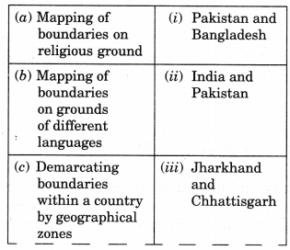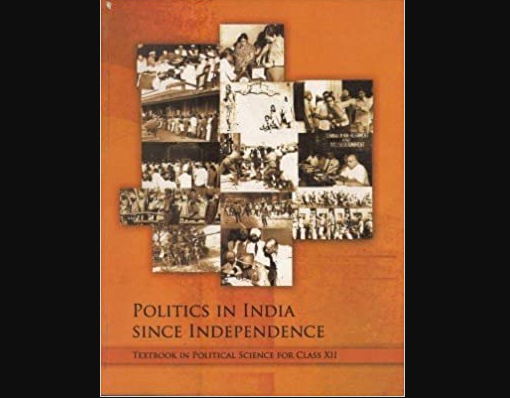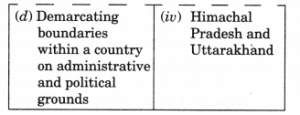TEXTBOOK QUESTIONS SOLVED
1. Which among the following statements
about the partition is incorrect?
(a) Partition of India was the outcome of the “two-nation theory”.
(b) Punjab and Bengal were the two provinces divided on the basis of religion.
(c) East Pakistan and West Pakistan were not contiguous.
(d) The scheme of Partition included a plan for transfer of population across the border.
Answer: (d) The scheme of partition included a plan for transfer of population across the border.
2. Match the principles with instances:






